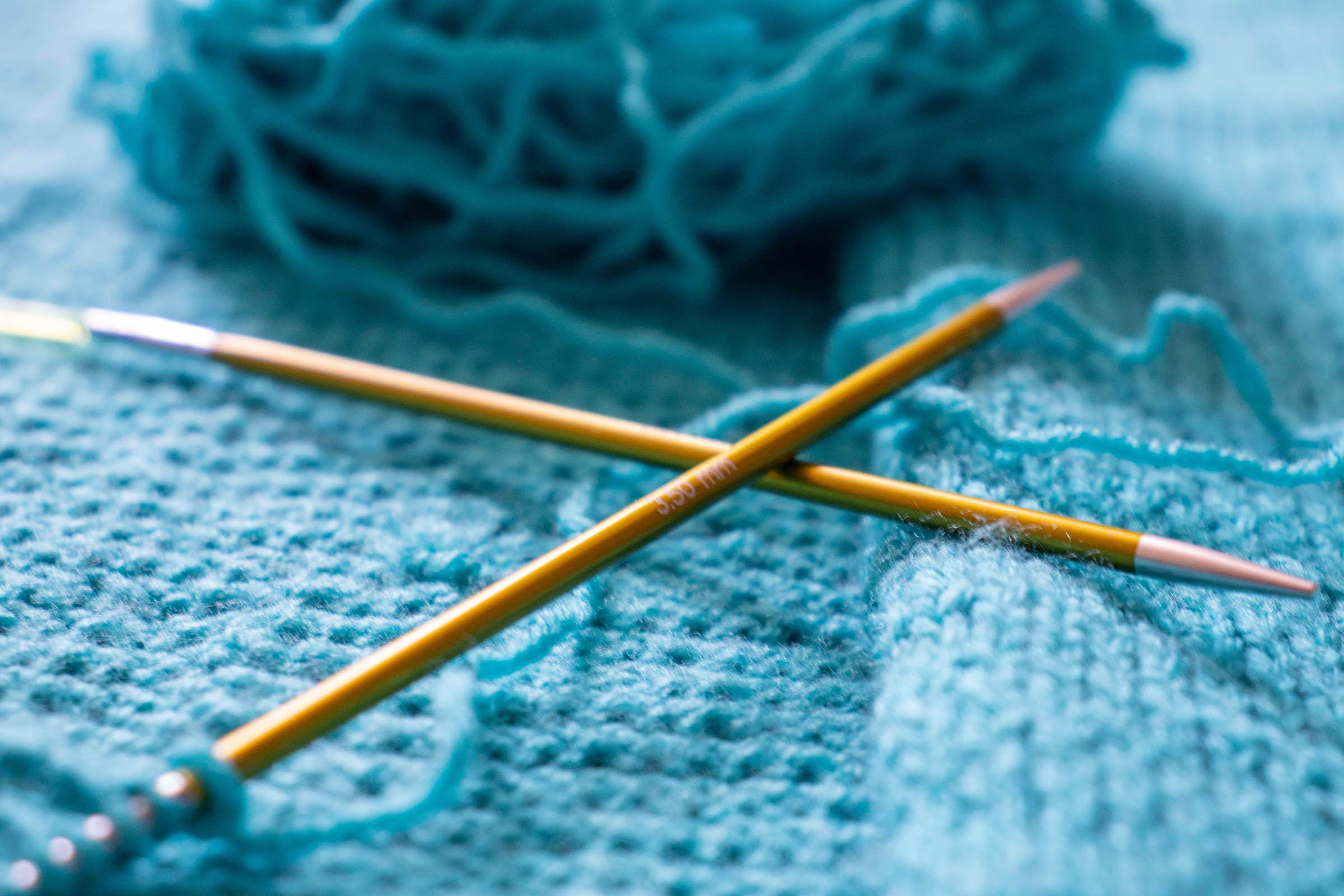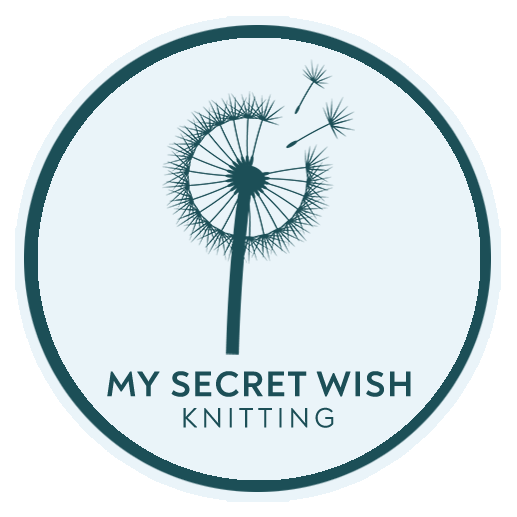
How to Knit
Lesson Thirteen: How to Read Knitting Patterns
Reading Patterns
Knitting patterns are technical documents, and the first time you look at one, you may feel like you’re seeing another language. However, it’s not too difficult to unlock the secret code—you just need to know the key to interpreting it.
Most patterns include the same basic elements, with additional items added as needed for specific designs. Sections probably include a pattern description, supplies and gauge, construction tips, sizes, measurements, notes, special techniques, and, of course, the pattern method.
To save space and to make them easier to read, many patterns use a (mostly) standardized set of abbreviations. However, each designer may have quirks in their pattern based on regional differences or even symbols and abbreviations they created if they didn’t know another one.
Unfortunately, because knitting developed in pockets all over the world long before an Internet was available for easy reference and research, some terms in common use actually mean different things in different places. That’s why most patterns will contain a glossary or key that tells you what the abbreviations in that pattern stand for and that describes special stitches specific to that pattern. If you’re confused or your project doesn’t look right, be sure to refer to a pattern’s glossary first. If you’re still stumped, check the following standardized abbreviations list: Craft Yarn Council's List of Abbreviations. We also have a Master Glossary for our patterns. Click the button below to see the list:
Patterns may also include other helpful components. such as:
Schematic: a line drawing that shows what the finished dimensions of the pattern will be.
Charts: used most often for colour work, lace, or cables. Charts can be very helpful in visualizing the way the work should proceed, but sometimes all those little symbols can look like alien hieroglyphs. Always check the pattern’s Chart Key first, as not all designers use symbols in the same way. For reference, the standardized symbols from the Craft Yarn Council can be found here. If you’re lucky, the designer also included written instructions for the charted section, so the chart is merely a visual aid.
Notes: This section tells you if there is anything unusual about the construction of the garment and any helpful tips the designer may have included.
The first two inside pages of the War Bride Beret pattern are shown, including what measurements you’ll need, pattern sizes, a schematic, garment dimensions, supplies, gauge, and more.
Some designers (including me) publish patterns that are accessible to print-challenged and low-vision knitters. These patterns may be in large print format, reflowable (ePUB) format, or several other formats readable by those using assistive technology. A benefit of truly accessible patterns is that they also use very few abbreviations and the language is more natural than technical, which can make them easier to follow for everyone, not just print-challenged people.
My Secret Wish Knitting makes every effort to publish our patterns in formats accessible to both left- and right-handed knitters, colour-blind knitters, and print-challenged knitters. See pattern listings for specifics about which formats and accessibility features are available for each design.
For more information about how to read patterns, see How to Read a Knitting Pattern on the Craft Yarn Council’s website.

